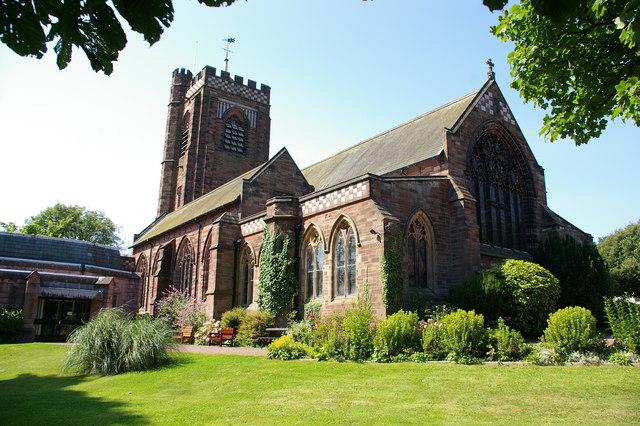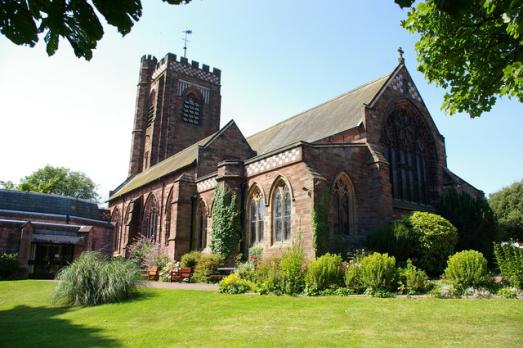St Mary's Church in Dalton in Furness is steeped in architectural history and has served the local community for centuries. Since 1138, or possibly earlier, there has been a church on the current site, ministering to the Parish as it continued to grow. The stunning Gothic church we know today was dedicated by the Bishop of Carlisle in 1885 and was largely funded by a small, committed group of loyal benefactors. The industrialist, James Ramsden, was one such philanthropist who felt that Dalton's church should be no less imposing than others appearing in the newly established borough of Barrow in Furness. The result was a striking, red sandstone Victorian building, patterned with chequered stonework and housing an array of heritage treasures within.
Creating space for social connection and a thriving community spirit nearly one hundred years later, in 1979, work began on a new Church Centre linked to St Mary's via the South Porch entrance and intended to meet the changing needs of the people in the town. Whether from a more deprived or affluent corner of the parish, young or old, religious or secular, the aim was to provide everyone with a welcoming hub for community activities, religious celebrations and social gatherings.
St Mary’s in Dalton in Furness is notable for several interesting features:
- The church showcases a blend of Gothic and Victorian Gothic Revival architecture, offering a visual treat for those interested in architectural history
- The church is home to stunning stained glass window, many of which were designed by notable Victorian artists, including William Morris and Edward Burne-Jones
- The interior of the church is adorned with intricate woodwork, carvings, and beautiful stone work, reflecting the craftmanship of the Victorian era
- The surrounding churchyard is tranquil and hold historic gravestones and memorials, offering a glimpse int the local history
- The church has a bell tower that contains a peal of bells, which are often rung for services and special occasions, providing an auditory experience of traditional church bell ringing
- St Mary’s houses a notable pipe organ, which is used during services and concerts, contributing to the church’s vibrant musical heritage
Visitors to St Mary’s Church in Dalton can enjoy a blend of historical, architectural and artistic experience, making it a fascinating site to explore.


